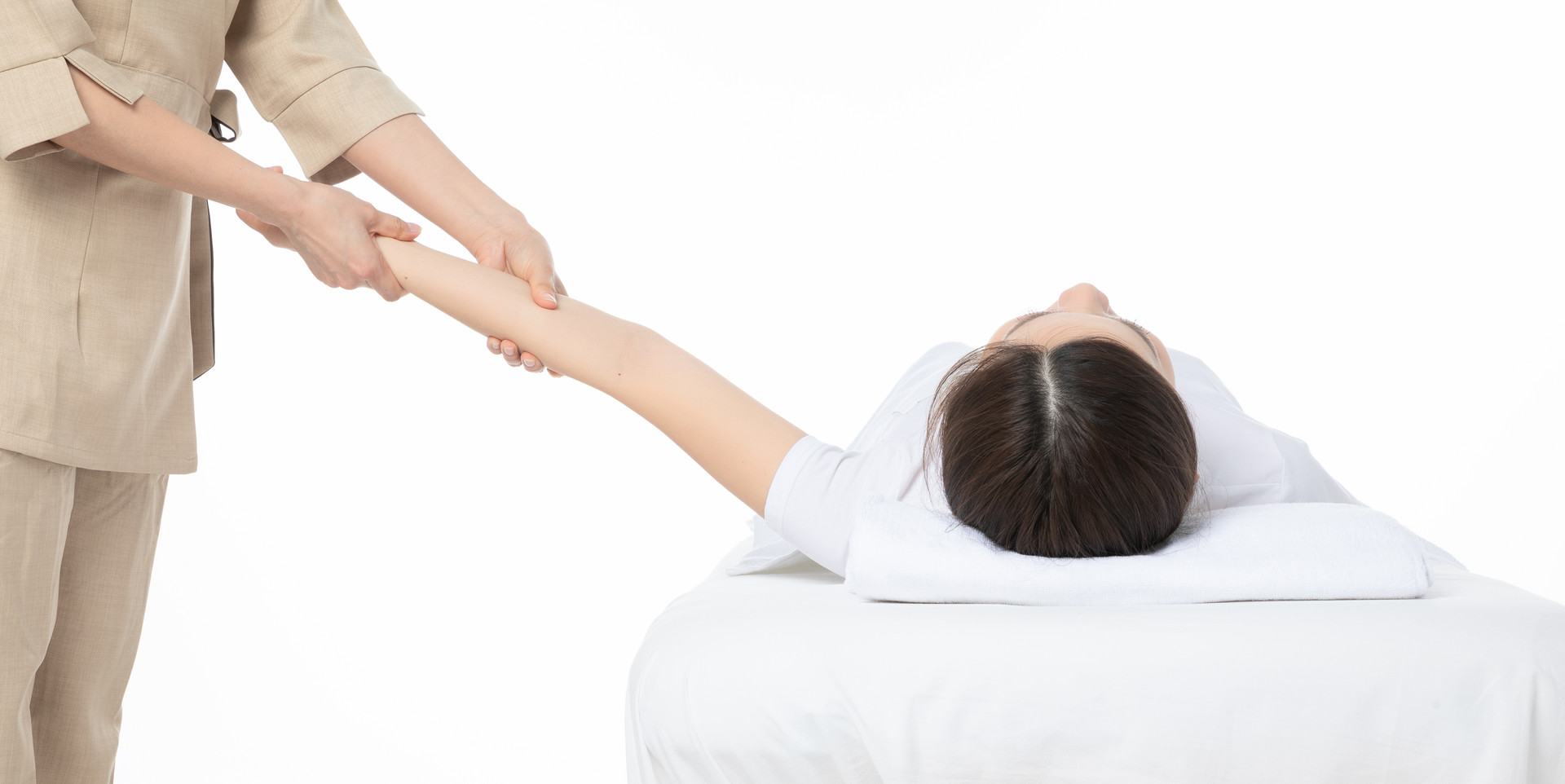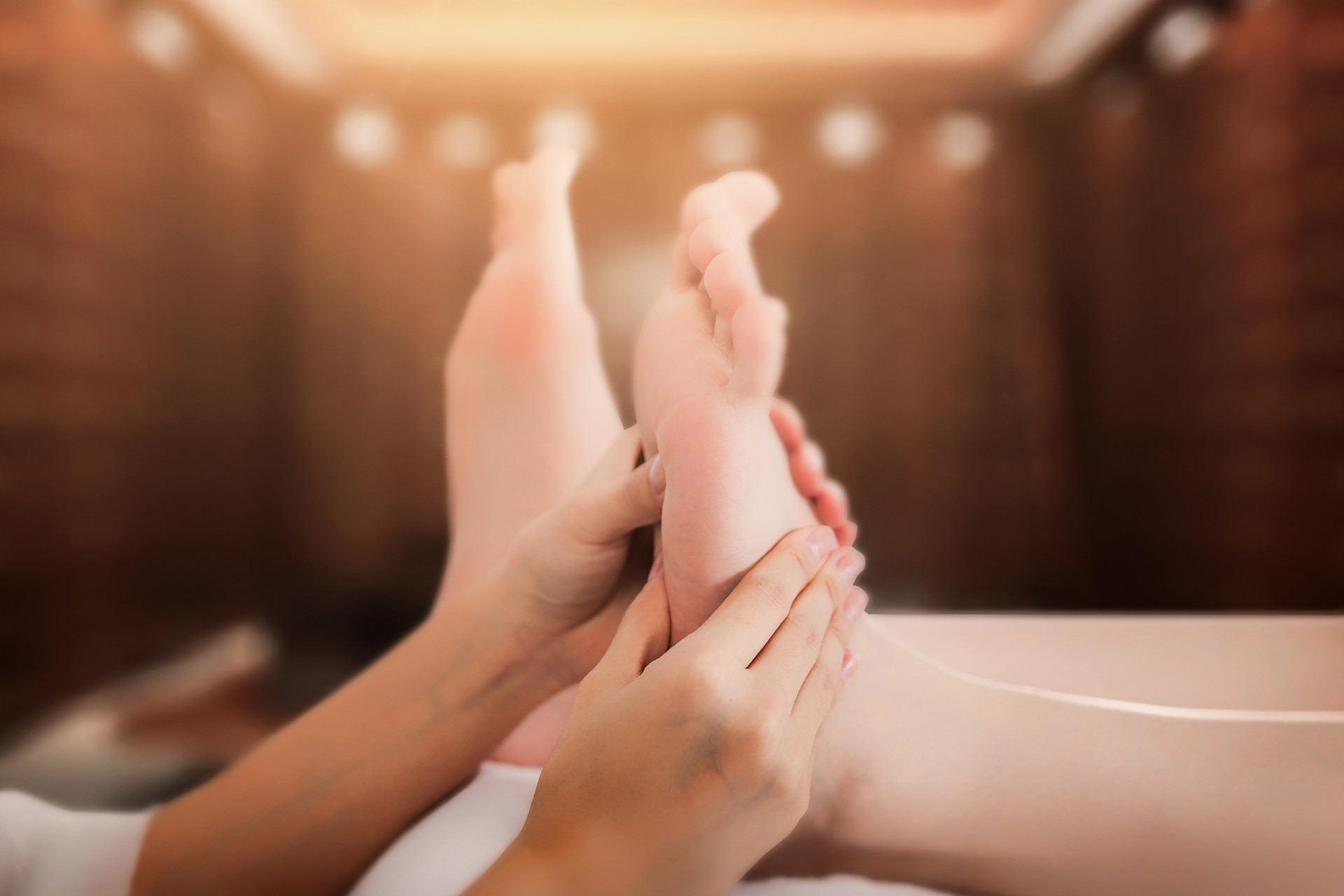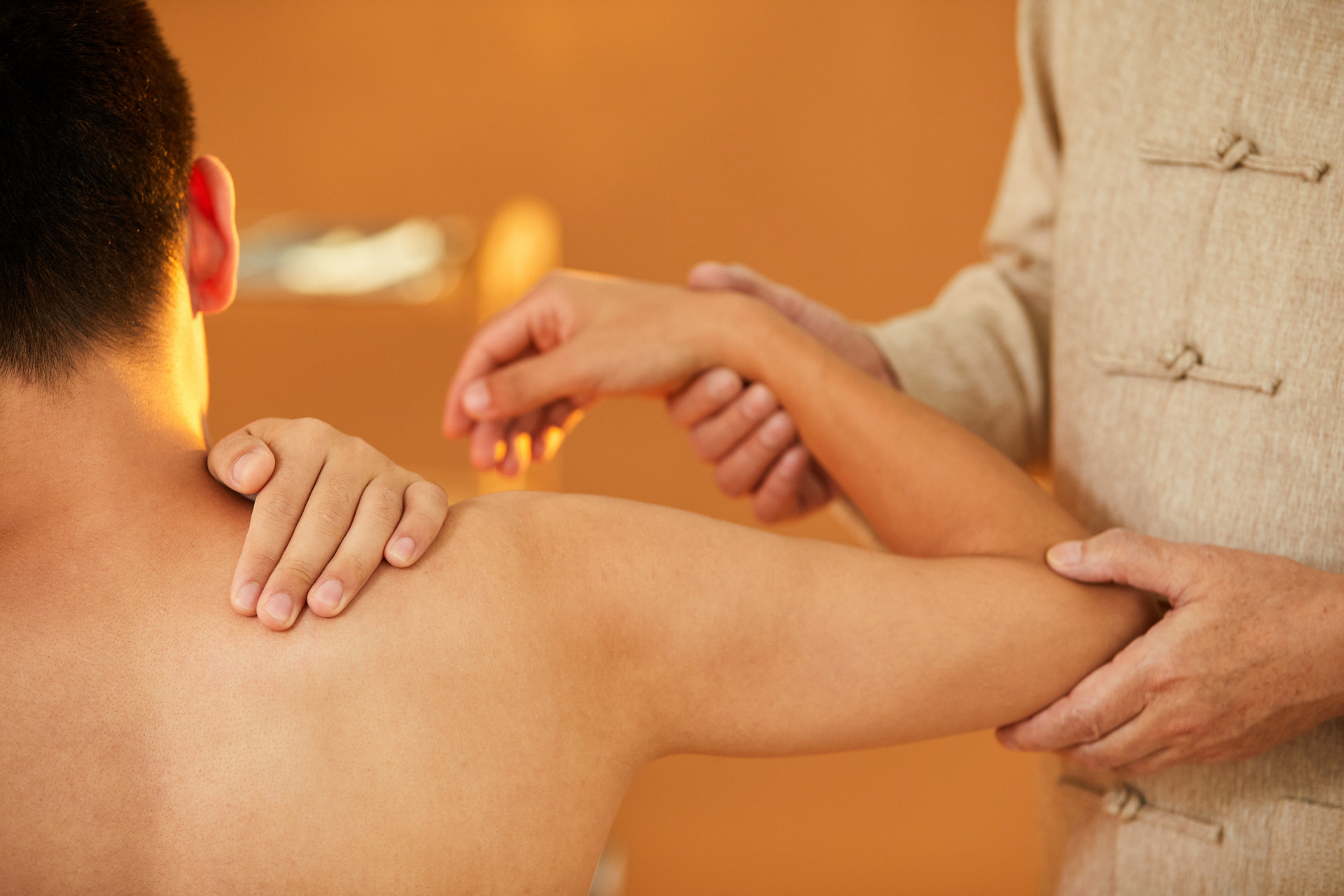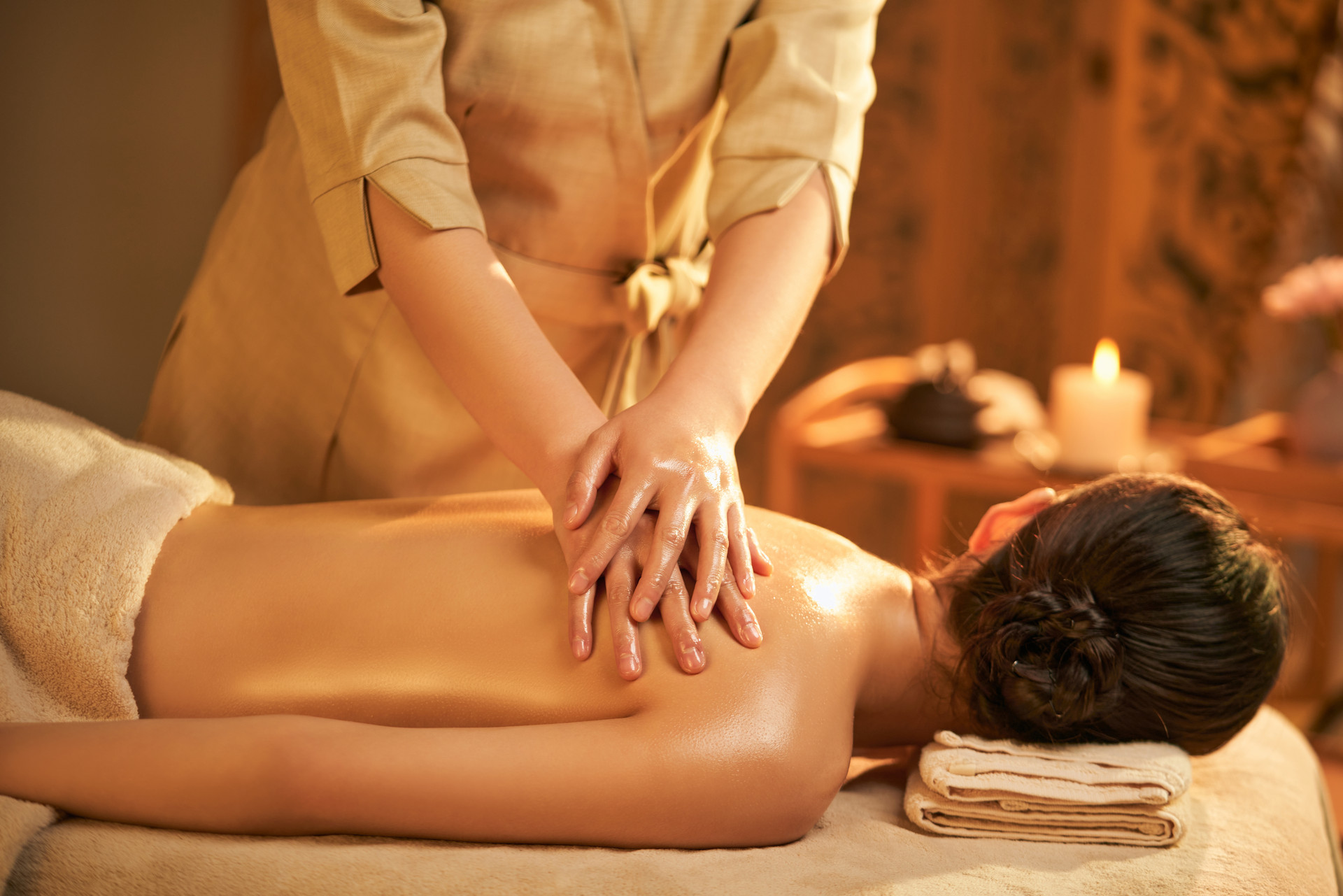When massaging, it is important to prepare baby oil and baby lotion to reduce friction. If the baby's skin is dry, choose a moisturizing lotion. Before massaging, pour the baby oil and lotion onto the palms of your hands and rub them together to warm them up. The massage sequence should start with the head and face, followed by the upper body, then the chest, abdomen, waist, and back, and finally the lower limbs. It is best to massage in the direction from the proximal end to the distal end. Use more pushing and kneading techniques, and the massage should be longer in duration. Pinching should be done with more pressure and speed, and techniques like pinching, grasping, and squeezing should be used towards the end. The best time for massage is between meals, and it should not be done right after a meal to avoid causing the baby to vomit. During the massage, you can use some mediums such as ginger juice or talcum powder to lubricate the skin and enhance the therapeutic effect. The environment should be quiet and clean during the massage. It is best to choose a warm and comfortable indoor space with a temperature not lower than 20℃. Before massaging, choose a quiet and non-crying state for the baby, and pay attention to the baby's reaction during the massage. If the baby seems uncomfortable, reduce the intensity or stop the massage.
Pregnant women are prone to edema due to pregnancy, and massage can effectively relieve edema. However, it is important to note that as the fetus develops, it is best to avoid massaging and stimulating the abdominal acupoints, which can be replaced with hot compresses. In addition, sensitive areas that can easily cause uterine contractions, such as the breasts and the inner thighs, should not be stimulated. Furthermore, during pregnancy, it is advisable to avoid massaging the Hegu and Jianjing acupoints. Pressing Hegu can promote contractions.







